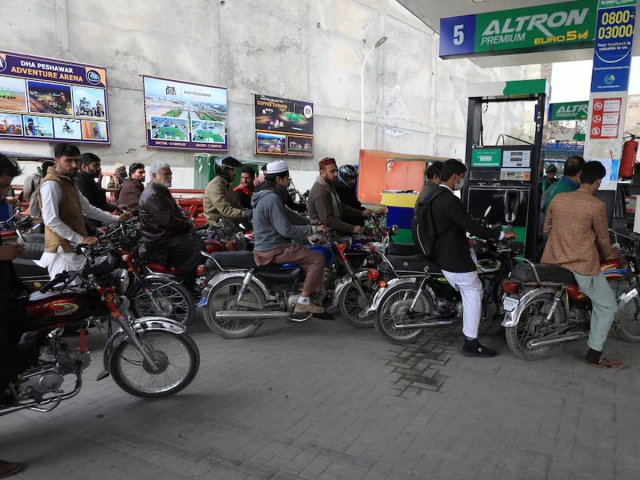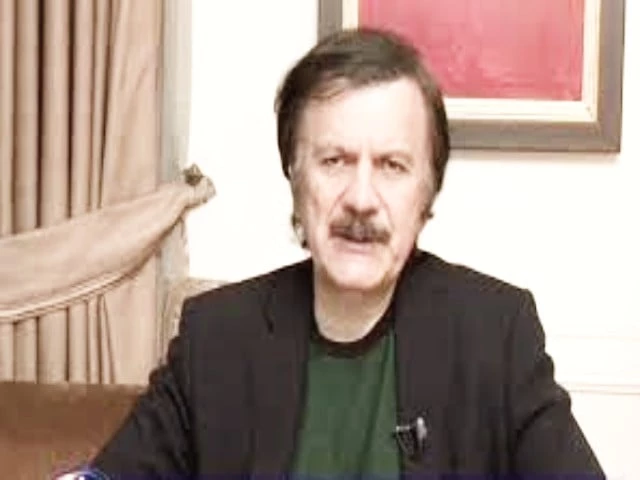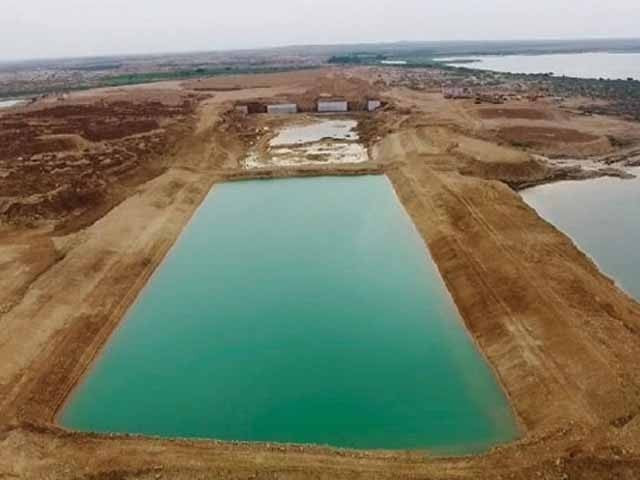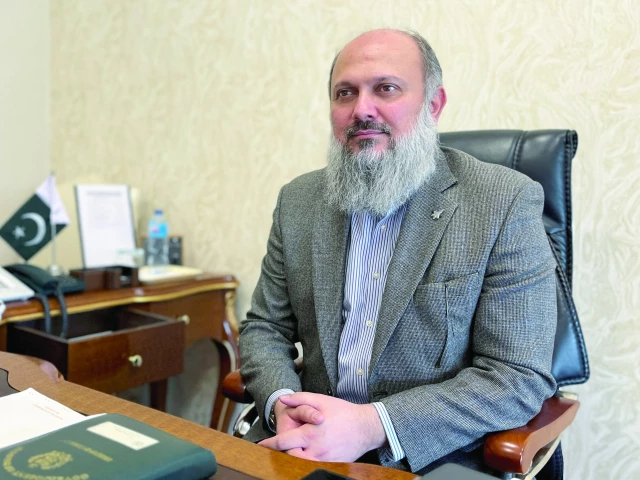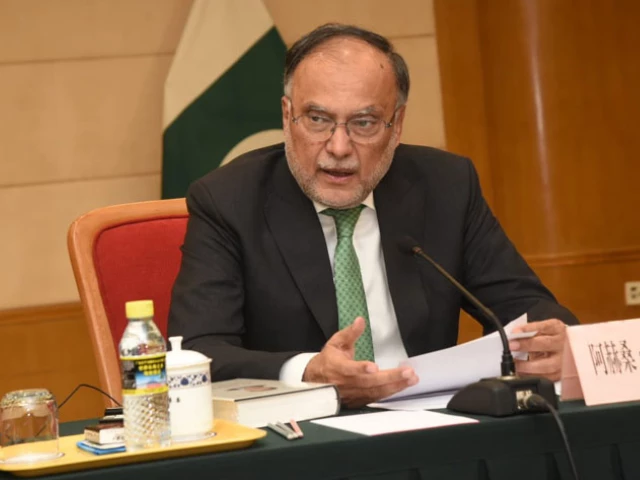Business
Industrial zone on PSM land planned | The Express Tribune
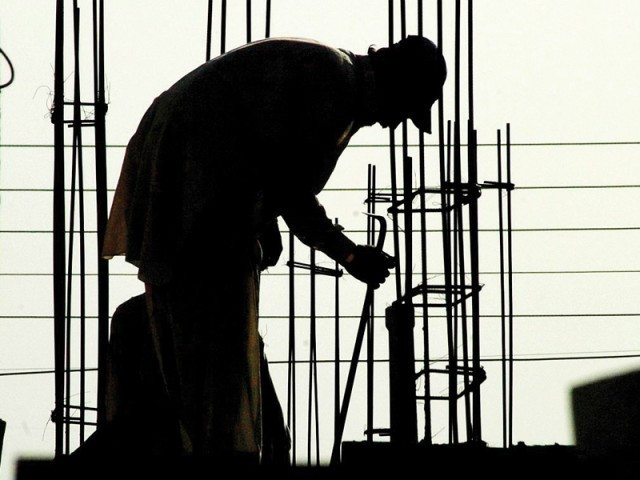
ISLAMABAD:
The government on Wednesday decided to establish a new industrial estate on the land of the closed Pakistan Steel Mills (PSM) and also sanctioned the diversion of Rs2.9 billion in publicity funds for the upgradation of an English news channel operated by the Pakistan Television Corporation (PTV).
The decisions were taken by the Economic Coordination Committee (ECC) of the Cabinet, which met under the chairmanship of Finance Minister Muhammad Aurangzeb. The ECC approved the establishment of the industrial estate on 3,200 acres of PSM land by changing its designated use from steel mills to industrial. The decision followed discussions with the Sindh government and deliberations in the apex committee of the Special Investment Facilitation Council (SIFC).
The ECC also rescinded its two-and-a-half-year-old decision banning the lease of PSM land to any industry, organisation, group, or individual, a move aimed at facilitating the development of the new industrial estate over the 3,200 acres. The government is also attempting to revive the closed PSM with assistance from Russia. Last month, Special Assistant to the Prime Minister (SAPM) on Industries Haroon Akhtar Khan visited Russia and held talks on the mill’s revival. According to Khan, the Russians expressed willingness to finance and conduct a feasibility study for the project.
The matter of pricing PSM land remains open, although the SIFC has already instructed that instead of selling land for industrial purposes, the concerned entities should issue licenses, a step that would substantially reduce costs for setting up new factories.
The ECC directed the Board of Investment (BOI) to develop clear criteria and terms and conditions for the allotment of land to industrial units and private developers for the establishment of the industrial estate within one month.
The government maintains that the industrial estate should not be developed using taxpayers’ money and that private developers should be engaged instead.
PSM owns about 19,013 acres of land in Karachi. Of this, 6,409 acres are available for setting up an industrial estate. However, the Sindh government has stated that establishing such an estate would require a change in land use from steel mills to industrial.
The Ministry of Industries informed the ECC that Pakistan’s regional competitors are offering a wide range of incentives to attract investment in the manufacturing sector, extending far beyond the provision of land at subsidised rates. Furthermore, comparatively higher costs of energy, power, and taxes constitute major impediments that could be offset by granting land through licenses.
The ministry also noted that the PSM has accrued liabilities of around Rs400 billion and that land remains the primary source to offset these. Since the current proposal does not involve transferring ownership of the land, the option to leverage it to offset PSM liabilities at an appropriate stage would remain intact, it added.
The ECC also approved a supplementary grant of Rs2.9 billion for upgrading PTV World, the English news channel owned by the state-run PTV Corporation. The decision was influenced by the context of the India-Pakistan war.
Both military and civilian authorities believe the country requires more English-language channels to convey the state’s narrative to foreign audiences and the diplomatic corps in Pakistan. The Rs2.9 billion will be used to modernise PTV World’s infrastructure, enhancing its capacity for high-quality national and international broadcasting, the ECC was informed.
The Ministry of Information told the ECC that, through its special wartime transmissions, PTV World had made a vital contribution to safeguarding national and ideological interests, boosting public morale, and projecting the courage and professionalism of Pakistan’s Armed Forces on the international stage.
Based on this experience, the PTV Corporation emphasised the urgent need to upgrade and modernise PTV World’s infrastructure to meet the demands of emerging broadcast technologies. However, due to severe financial constraints and limited internal resources, the corporation cannot undertake this initiative independently. The government has decided to divert Rs2.9 billion from the Rs5 billion allocated in the budget for government publicity and advertisement expenditure. The finance ministry also agreed to reallocate the funds from the publicity budget.
The finance ministry stated that the ECC had sanctioned Rs2.9 billion for the upgradation of its English news channel to improve broadcast quality and expand outreach to global audiences. The ECC further urged the ministry to develop a comprehensive business plan to make the channel self-sufficient and financially sustainable, thereby reducing dependence on federal grants in the future. The ECC also approved the removal of the requirement for Health Quarantine Certificates on the import and export of leather, a step aimed at facilitating the leather industry and enhancing its competitiveness in international markets, according to a Ministry of Finance announcement after the meeting.
The committee additionally approved a supplementary grant for the Ministry of Climate Change and Environmental Coordination for the current financial year 2025-26, enabling the ministry to strengthen initiatives for environmental protection and climate resilience through participation in the upcoming 30th Session of the Conference of Parties (COP-30) to be held in Brazil later this year.
Business
India’s $5 Trillion Economy Push Explained: Why Modi Govt Wants To Merge 12 Banks Into 4 Mega ‘World-Class’ Lending Giants
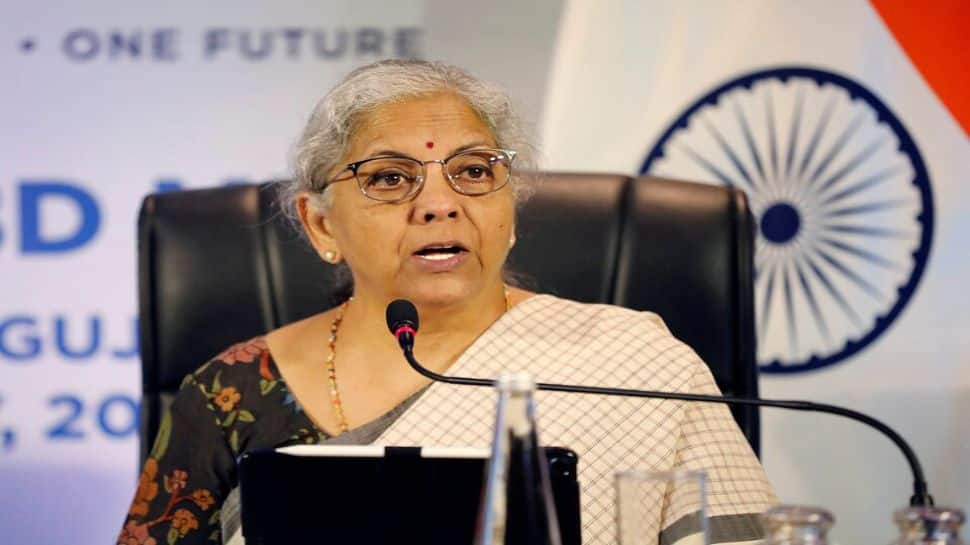
India’s Public Sector Banks Merger: The Centre is mulling over consolidating public-sector banks, and officials involved in the process say the long-term plan could eventually bring down the number of state-owned lenders from 12 to possibly just 4. The goal is to build a banking system that is large enough in scale, has deeper capital strength and is prepared to meet the credit needs of a fast-growing economy.
The minister explained that bigger banks are better equipped to support large-scale lending and long-term projects. “The country’s economy is moving rapidly toward the $5 trillion mark. The government is active in building bigger banks that can meet rising requirements,” she said.
Why India Wants Larger Banks
Sitharaman recently confirmed that the government and the Reserve Bank of India have already begun detailed conversations on another round of mergers. She said the focus is on creating “world-class” banks that can support India’s expanding industries, rising infrastructure investments and overall credit demand.
She clarified that this is not only about merging institutions. The government and RBI are working on strengthening the entire banking ecosystem so that banks grow naturally and operate in a stable environment.
According to her, the core aim is to build stronger, more efficient and globally competitive banks that can help sustain India’s growth momentum.
At present, the country has a total of 12 public sector banks: the State Bank of India (SBI), the Punjab National Bank (PNB), the Bank of Baroda, the Canara Bank, the Union Bank of India, the Bank of India, the Indian Bank, the Central Bank of India, the Indian Overseas Bank (IOB) and the UCO Bank.
What Happens To Employees After Merger?
Whenever bank mergers are discussed, employees become anxious. A merger does not only combine balance sheets; it also brings together different work cultures, internal systems and employee expectations.
In the 1990s and early 2000s, several mergers caused discomfort among staff, including dissatisfaction over new roles, delayed promotions and uncertainty about reporting structures. Some officers who were promoted before mergers found their seniority diluted afterward, which created further frustration.
The finance minister addressed the concerns, saying that the government and the RBI are working together on the merger plan. She stressed that earlier rounds of consolidation had been successful. She added that the country now needs large, global-quality banks “where every customer issue can be resolved”. The focus, she said, is firmly on building world-class institutions.
‘No Layoffs, No Branch Closures’
She made one point unambiguous: no employee will lose their job due to the upcoming merger phase. She said that mergers are part of a natural process of strengthening banks, and this will not affect job security.
She also assured that no branches will be closed and no bank will be shut down as part of the consolidation exercise.
India last carried out a major consolidation drive in 2019-20, reducing the number of public-sector banks from 21 to 12. That round improved the financial health of many lenders.
With the government preparing for the next phase, the goal is clear. India wants large and reliable banks that can support a rapidly growing economy and meet the needs of a country expanding faster than ever.
Business
Stock market holidays in December: When will NSE, BSE remain closed? Check details – The Times of India

Stock market holidays for December: As November comes to a close and the final month of the year begins, investors will want to know on which days trading sessions will be there and on which days stock markets are closed. are likely keeping a close eye on year-end portfolio adjustments, global cues, and corporate earnings.For this year, the only major, away from normal scheduled market holidays in December is Christmas, observed on Thursday, December 25. On this day, Indian stock markets, including the Bombay Stock Exchange (BSE) and National Stock Exchange (NSE), will remain closed across equity, derivatives, and securities lending and borrowing (SLB) segments. Trading in currency and interest rate derivatives segments will continue as usual.Markets are expected to reopen on Friday, December 26, as investors return to monitor global developments and finalize year-end positioning. Apart from weekends, Christmas is the only scheduled market holiday this month, making December relatively quiet compared with other festive months, with regards to stock markets.The last trading session in November, which was November 28 (next two days being the weekend) ended flat. BSE Sensex slipped 13.71 points, or 0.02 per cent, to settle at 85,706.67, after hitting an intra-day high of 85,969.89 and a low of 85,577.82, a swing of 392.07 points. Meanwhile, the NSE Nifty fell 12.60 points, or 0.05 per cent, to 26,202.95, halting its two-day rally.
Business
North Tyneside GP says debt stress causing mental health issues
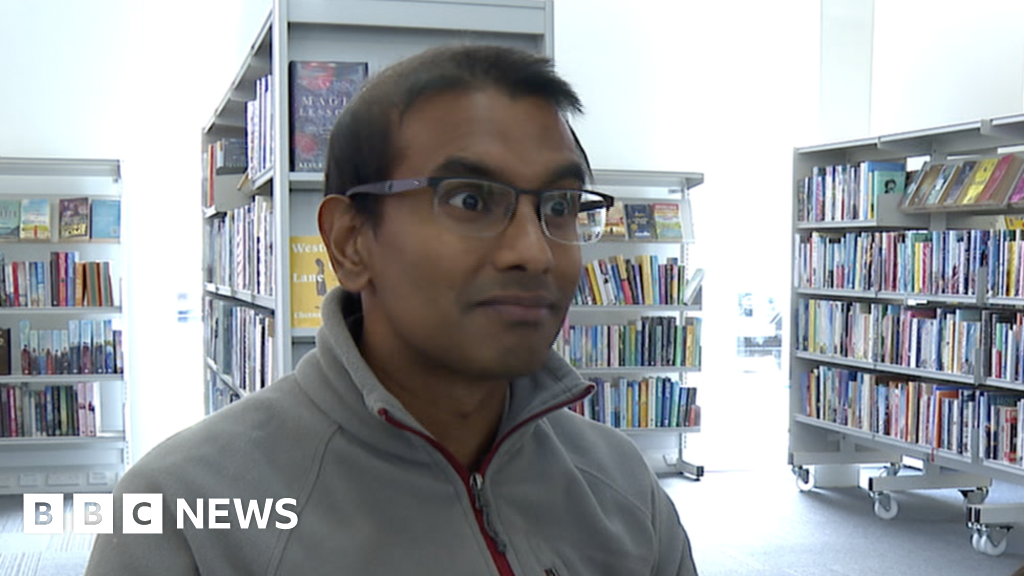
A GP says patients are presenting with mental health problems because of stress they feel over their levels of personal debt.
According to Citizens Advice, north-east England has the second highest number of people who require professional assistance with debt problems – only London is higher.
Debt charity StepChange said in 2024 the highest concentration of their clients were in the North East, with 37 clients per 10,000 adults.
Dr Kamlesh Sreekissoon, who works as a GP in North Tyneside, said people were juggling “three or four jobs” in the build up to Christmas in order to manage and subsequently struggling with their mental health.
The most common reason for personal debt as reported by Stepchange’s North East clients is a rise in the cost of living (19.3%) and a lack of control over finances (19%).
Both these statistics outstrip the UK figures of 17.7% and 17.9% respectively.
Citizens Advice said thousands of people were falling deeper into debt to meet the cost of basic essentials such as food and fuel, rather than luxuries, but that people also felt under pressure to provide for Christmas.
Dr Sreekissoon said the stress caused by the debt people faced was compounded by issues relating to their family situations.
“At this time of year you will see people juggling three or four jobs, also after caring for elderly relatives, parents, [they’re] stressed out and unfortunately struggling with their mental health,” said Dr Sreekissoon.
He said the debt his patients described was not caused by buying unnecessary things, but by simply struggling to make ends meet.
“It’s more the basics,” he said. “I see people taking on working long hours, doing two or three jobs, and just being kind of stretched out, not being able to see their kids, and that just burns people out which is really sad to see”.
-

 Sports7 days ago
Sports7 days agoWATCH: Ronaldo scores spectacular bicycle kick
-

 Entertainment7 days ago
Entertainment7 days agoWelcome to Derry’ episode 5 delivers shocking twist
-

 Politics7 days ago
Politics7 days agoWashington and Kyiv Stress Any Peace Deal Must Fully Respect Ukraine’s Sovereignty
-

 Business7 days ago
Business7 days agoKey economic data and trends that will shape Rachel Reeves’ Budget
-

 Tech5 days ago
Tech5 days agoWake Up—the Best Black Friday Mattress Sales Are Here
-

 Fashion7 days ago
Fashion7 days agoCanada’s Lululemon unveils team Canada kit for Milano Cortina 2026
-

 Tech5 days ago
Tech5 days agoThe Alienware Aurora Gaming Desktop Punches Above Its Weight
-

 Politics7 days ago
Politics7 days ago53,000 Sikhs vote in Ottawa Khalistan Referendum amid Carney-Modi trade talks scrutiny


